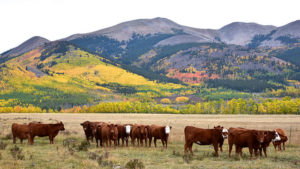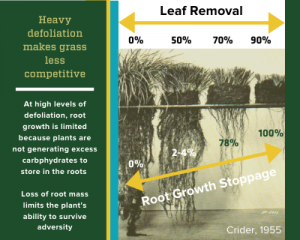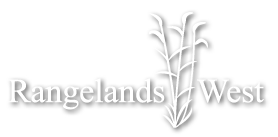Stocking Rate & Carrying Capacity
Have you ever wondered:
- How many livestock does my land support for how long?
- To what extent does forage production change in drought, and how does that translate into grazing days, AUMs, or carrying capacity?
- What is the number of grazing days, AUMs or number of livestock can I carry for how long in a wet, normal or dry year?
How to use the Rangeland Carrying Capacity App
The number of animals, per area, for a certain period of time is known as stocking rate. This is one of the most critical decisions managers make because of it’s large impact on plant communities and livestock weight gain.
Our new rangelands carrying capacity app streamlines carrying capacity and stocking rate estimates by integrated forage estimations with animal demand. You can import maps from Google Earth, or draw them) in the app, for the lands you are interested in.
The app draws on Web Soil Survey or Rangelands Analysis Platform data (selected by the user) to estimate production. It also allows you input your own estimates if you have data for your pasture or rangeland.
Creating Pastures in the Carrying Capacity App
- Learn how to make and save pastures for use in the app using Google maps.
- If you have difficulty creating maps or using the app, contact retta.bruegger@colostate.edu
Video Tutorial on the Range Carrying Capacity App
Stocking rate, grass growth and utilization
Demand Cannot Exceed Supply

Regardless of grazing strategy (rotation, continuous, etc), demand for forage by grazing animals cannot exceed supply. Supply can be challenging to calculate in Colorado because it changes year to year. For example, in one study, the same pasture produced around 200 lbs/ acre in 2002, 1300 lbs/ acre in 2003, and ~700 in 2004, due to drought conditions. There isn’t just one number on rangelands in Colorado that will be appropriate to use every year. The Carrying Capacity App allows you to select for different scenarios for forage production.
Harvest Efficiency Rate vs. Utilization
“The grass doesn’t know what bit it.”

Key Points on Utilization and Harvest Efficiency
- Historically, range managers suggested total ‘use’ be set at 50% of total forage, or “take half, leave half,” based on early studies where grass recovery and resilience declined drastically beyond 50% use or forage removal (Crider, 1955).
- The proportion of current year’s forage production that is consumed or destroyed by grazing animals is known as ‘utilization’ (Technical Note Range No. 73).
- However, e assume that only a percentage will actually be ingested by grazing animals.
- This is the concept of harvest efficiency. In other words, with 25% ingested by grazing animals, managers plan that 50% will be removed from the plant because some will be lost to trampling, deification, and wildlife use.
- What this means is that in calculating available forage, we plan on having livestock use only 25%-30% of available forage.
- Planning to ‘consume’ more would reduce in overuse, which subsequently reduces the amount of regrowth by plants.
- Leaving forage behind can help protect the land from erosion and ensure that it is productive in the future.
Other Tools & Calculators
Estimate Stocking Rate, Expenses, and Total Return
Use the the calculator, Matching Cow Size to Available Forage, by CSU Agriculture and Business Management Economists, Jesse Russel, Jeffrey E. Tranel, R. Brent Young and Norman Dalsted, to integrate stocking rate with economic information.
Search:
Categories
- No categories





